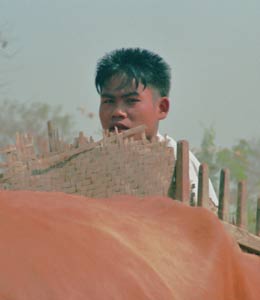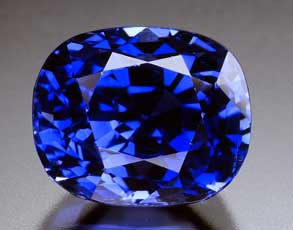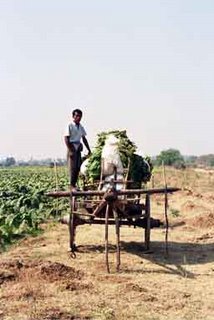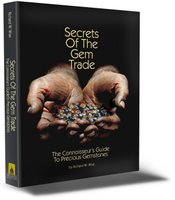
By Richard W. Wise, G.G.
"Oh the road to Mandalay where the flying-fishes play, An the dawn comes up like thuner outer China 'crost the bay" Rudyard Kipling
Day Three:
It is the beginning of the summer season. The days are hot but the nights turn cool in the hours past
Today we go to  and trishaws whiz by like the chase scene in a silent movie. Charlie Chaplin on wheels! Here and there we stop, I shoot a few frames and off we go. Actually Lwin is quite willing to stop but it is often difficult to see an interesting shot as it is usually behind us by the time I
and trishaws whiz by like the chase scene in a silent movie. Charlie Chaplin on wheels! Here and there we stop, I shoot a few frames and off we go. Actually Lwin is quite willing to stop but it is often difficult to see an interesting shot as it is usually behind us by the time I make a decision to shoot it. Just the same I am seeing the real
make a decision to shoot it. Just the same I am seeing the real
Five hundred thirty miles in three days! Traveling six hours a day that means our average speed works out to just twenty-nine miles per hour. To me it feels like doing eighty in a fifty mile per hour zone. The average speed of automobile travel in the 
The sky is dark blue and cloudless. Not a hint of rain in the air. The landscape continues to be arid. We pass a series of irrigated fields. They are growing tobacco. The peasants use bullocks to plow up the dark mud. In one field the tobacco leaves are spread out drying in the tropical sun. The road alternates between tarmac and long stretches of dirt road. “This is the good road” Lwin tells me. Good?, I’d hate to see the bad but just then we reach it. The road will lead us to the main artery that runs between
Life Along the side of the highway is little different from that along the secondary roads we have been traveling . No mega gas stations, no fast food malls. The closer we get to larger population centers the more trucks and motorbikes we see. Along the country roads, the people were almost always on bicycles and trishaws. Goods and people move by human muscle power.
population centers the more trucks and motorbikes we see. Along the country roads, the people were almost always on bicycles and trishaws. Goods and people move by human muscle power.
We arrive in
We stop at Lwin’s favorite restaurant. I know the drill: pick and pick out my dishes at a glass walled counter. They are brought to our table along with a steaming mound of fluffy white rice. We order fresh squeezed lemonade from a stall just outside. I decide on mutton balls, Lwin orders fish. Each is served with several dishes of condiments, tomato, chili, bean dip and a plate of raw vegetables. I pick up a long green pealed vegtable that . looks like a kind of squash and tastes like it too. Lwin offers me a slice of peeled green mango; the taste is very much like lemon.
Mango is a favorite of mine. The rich creamy fruit was just coming into season in
Soup is always part of the meal. It bubbles away in a huge iron cauldron. I am not sure what the soup base is but kale is a major ingrediant.
Cheap nourishing soups are a staple in
Tomorrow, Lwin promises, several of his miner friends will make the trip down from Mogok to show us stones. Stay tuned...
Free sample chapters then buy the book!





3 comments:
Great Article Richard,
Thank you for the updated and valid knowledge , Great source for the Gemstones.We live the adventure with you and learn how to seperate the edible Fungiis from the others. A tree is a tree it is one; there are many a trees in the forest so let's say it is infitive trees if you take the limit of infinitive trees the result is ONE tree yes it makes a NOISE thanks God I live in Turkey
Salute and Selam from buca izmir
Take Care
Ozgur, faceter, mineral collector and so on
hi, great tips and content. thanks for the article and info.
Hello Richard. I am Indonesian and like something ethnic info (collecting info). Very niche info about gem and pearl.
Post a Comment